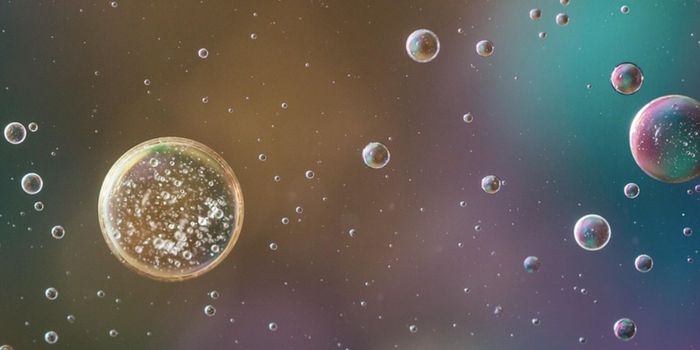When it Comes to Genes and Aging, Size Seems to Matter
Everyone ages, and as we get older, our health declines. But what happens in the body during the aging process? There have been a variety of theories of aging. Over time, regenerative, restorative, and protective functions in the body begin to wear down and become less efficient. As we get older, we are still able to produce millions of new blood cells every day, heal wounds, and carry out other basic functions. But eventually, cells are less able to divide and some cease to create new daughter cells entirely, while boosting inflammatory processes. An aging immune system is less able to respond to infection. Our genome can accumulate damage from many environmental influences like UV rays or pollution, and some of that damage can affect genes that are related to DNA stability and maintenance, or cell cycle regulation.
A new report has also suggested that aging could be less about the activity or changes in certain genes, and may have more to do with the length of some genes. This report, which was published in Trends in Genetics, has highlighted a reduction in the activity of lengthy genes as a wide variety of organisms age; this includes human cell lines, neurodegenerative disease patients, and model organisms. The expression of gene transcripts was found to decline as gene length increased, a phenomenon the authors called gene length-dependent transcription decline (GLTD). Some studies have also shown that this phenomenon can be reversed to some degree with anti-aging efforts like dietary restriction.
"If you ask me, this is the main cause of systemic aging in the whole body," said study co-author and molecular biologist Jan Hoeijmakers of the Erasmus University Medical Center, among other appointments.
"For a long time, the aging field has been focused on genes associated with aging, but our explanation is that it is much more random: it's a physical phenomenon related to the length of the genes and not to the specific genes involved or the function of those genes," added study co-author Ander Izeta of the Biogipuzkoa Health Research Institute and Donostia University Hospital.
The authors noted that long genes have more chances for damage.
There are many types of cells in the body, and they divide at different rates. The expression of long genes also seems to be more dysfunctional in aging cells that don't divide that much. Cells that divide often also tend to be short-lived, so they may not accumulate much long-lasting damage. But cells that don't divide as frequently might pick up damage that then needs to be identified and fixed with a DNA repair process.
Neurons don't usually divide that often, or at all; and they are also more likely to express long genes more often than other cell types. This could explain why neurodenegerative disorders become so much more common as people age.
When DNA damage occurs in young people, such as pediatric cancer patients, premature aging and neurodegeneration may be observed.
"Many different things that are known to affect aging seem to lead to this length-dependent regulation, for example, different types of irradiation, smoking, alcohol, diet, and oxidative stress," noted study co-author Thomas Stoeger of Northwestern University.
The report noted that while there are different aspects of aging, several of them converge on GLTD. More research will still be needed before we have a comprehensive and complete understanding of what causes the aging process. This study has also mainly relied on correlative observations, and has not demonstrated that a reduction in the expression of long genes directly leads to aging. But the investigators are now planning to do more research to delve into this link.
Sources: Cell Press, Trends in Genetics









